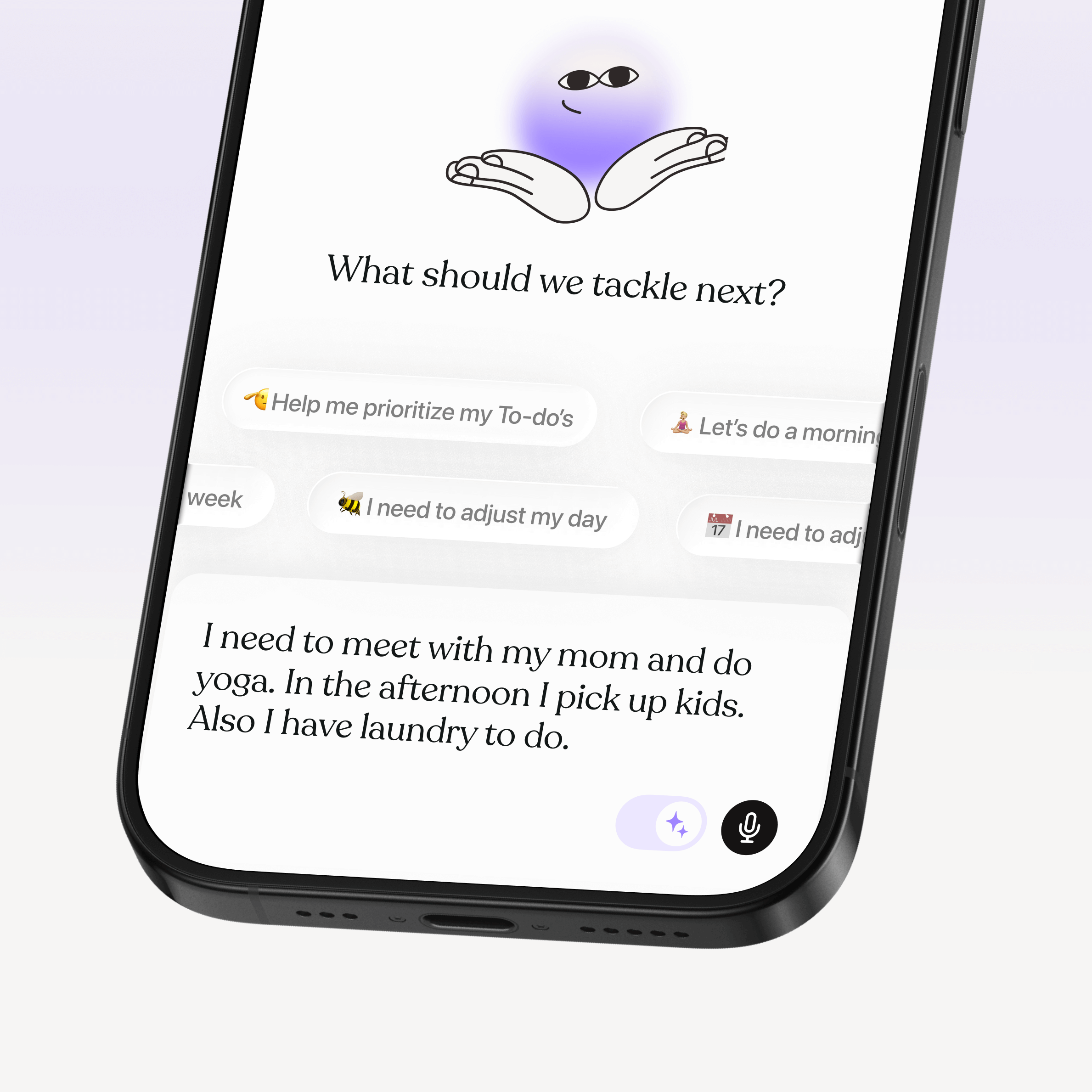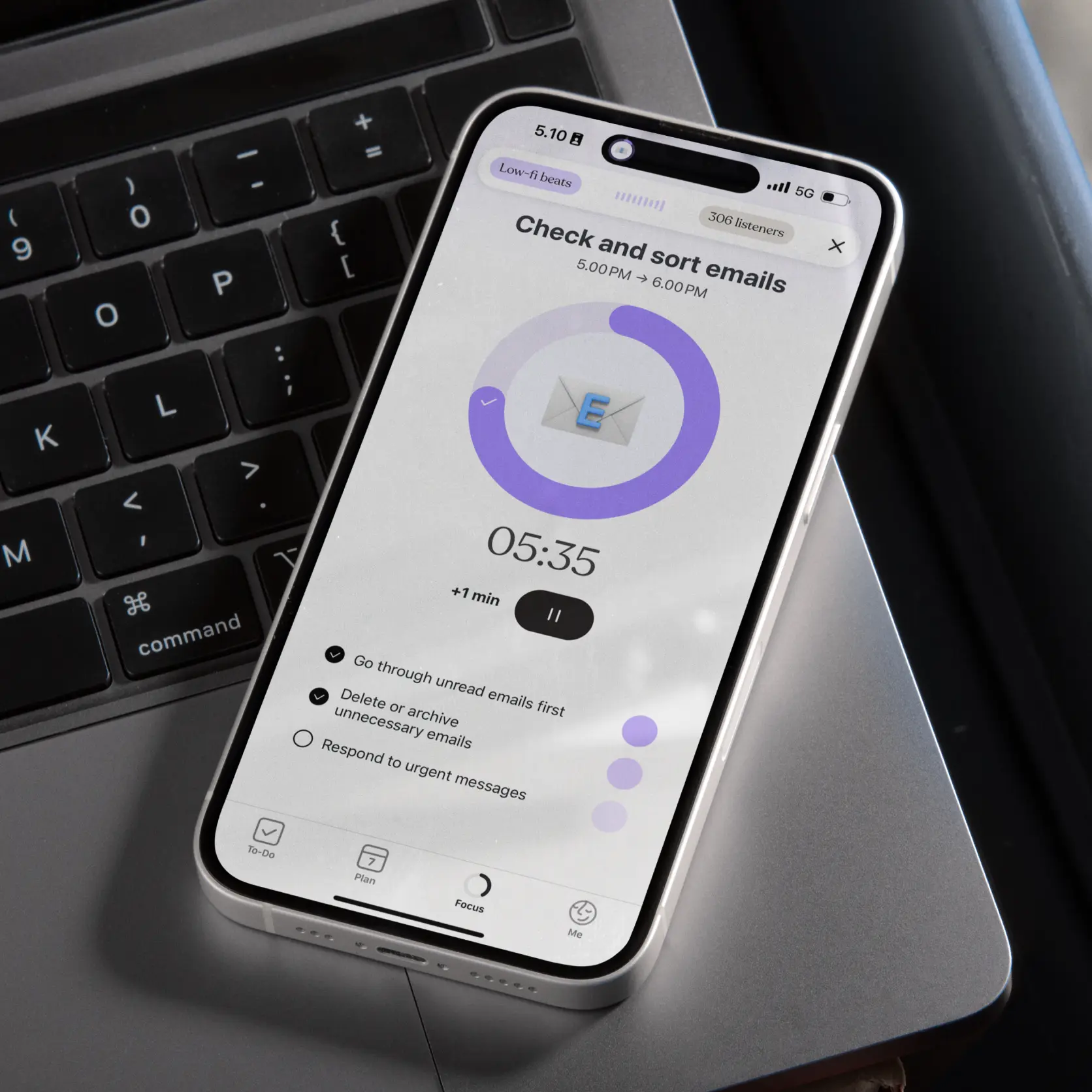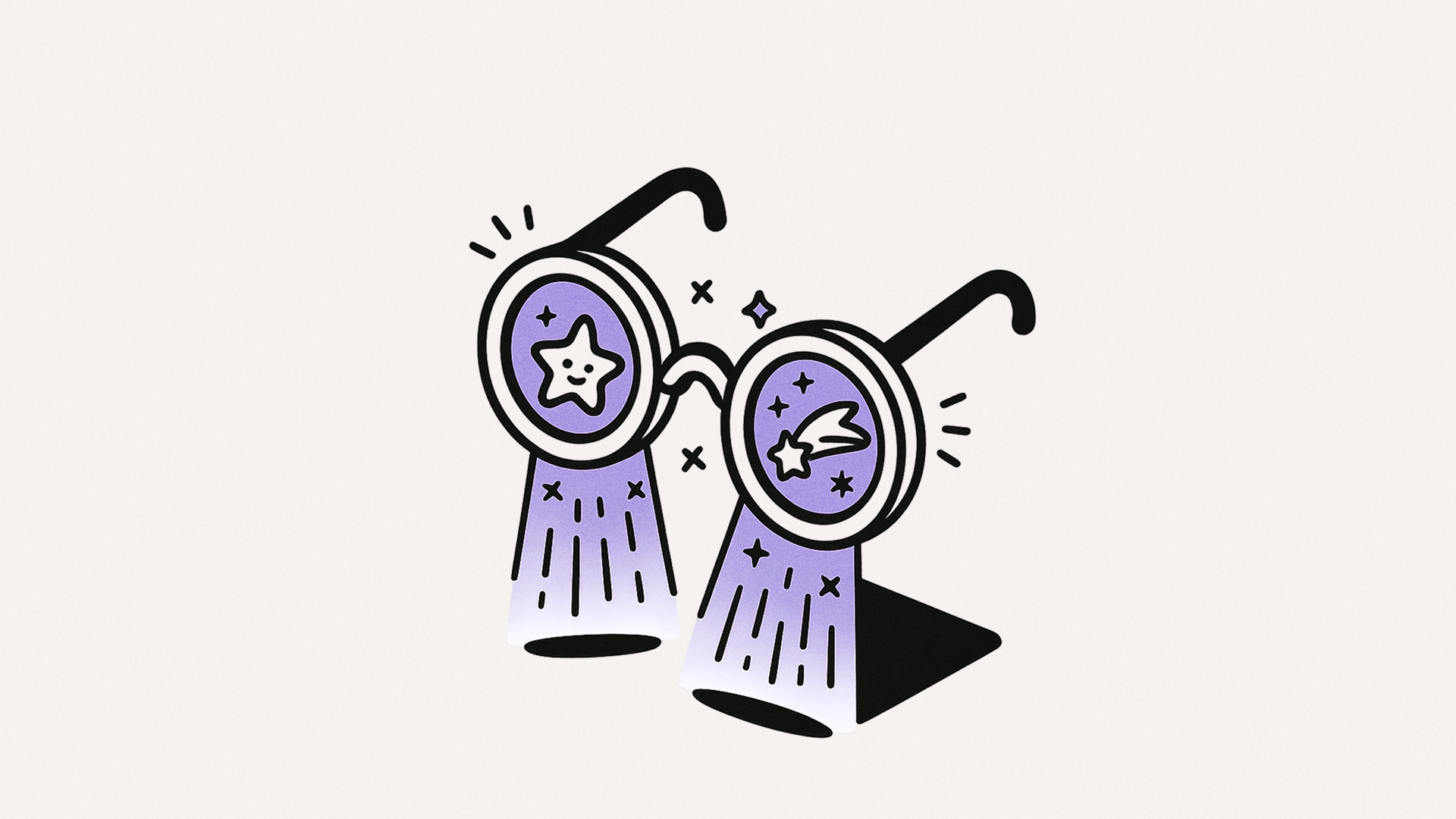I was not diagnosed until adulthood, as is the case for many women with ADHD. Our childhood presentation tends to be milder (aka less annoying) than it is in boys. Our learning problems are either overlooked or categorized as something else.
I never underwent evaluation for ADHD, and it was never suggested to me by any of my myriad health providers. I did not consider getting an evaluation myself until I was in my early thirties and began treating adolescents and other adults who had ADHD. A psychiatrist confirmed the diagnosis, validating my suspicions.
The doorframe and the dopamine rush
Last Thursday, while browsing Apartment Therapy, I was drawn to a doorframe that had been painted hot pink. How had I never noticed that the exact thing my dirty eggshell-colored doorframe needed was a coat of tutu pink? I scrambled to Home Depot that weekend to stock up on supplies. By Saturday evening, the project was complete and I was able to relax though later, when the high evaporated and I returned to my baseline of disinterested ennui, I ached to medicate the emptiness with another activity.
The search for a fix
I’ve learned that living with ADHD means there will always be another shiny object to possess, a material or behavioral acquisition you never knew you needed until five minutes ago. Whatever it is, you are now quite certain that it is the missing piece to your puzzle.
Everything around me drops in priority when I am looking for a fix. I have quit jobs, stolen from department stores, fallen in love with guys who have girlfriends, pierced my left nipple, and bungee jumped from a bridge in Ecuador wearing only a thin harness made of rope because I knew the risk would get me high.
I will act impulsively because my broken control center demands it. Later, when the memory of my behavior unfurls, I will feel shame, shame, shame. My brain doesn’t know how to create space between circumstance and action. I cannot even masturbate without pausing several times to query the exact definition of the word transmogrify or the difference between bourbon and rye.
ADHD and dopamine
Experts theorize that ADHD results in part from a dysregulation of dopamine in the prefrontal cortex of the brain, the lobe responsible for so-called executive functioning; i.e., decision-making, problem-solving, judgement, and impulse control. The dysregulation of dopamine, the pleasure chemical that creates the feeling of reward when we find our fix, creates issues with inattention, but in my experience it also creates a fissure between myself and the world around me. I have struggled with Major Depressive Disorder since childhood, and the lassitude arising from my ADHD only exacerbates the ghost-among-the-living sensation that depressives like me sometimes experience.
Medication, presence, and the crash
Medicated, I perform better. I cried the first time I took Adderall. The noise in my head turned down from a 10 to a 2. The peace turning the jagged thorns of thought into soft chenille tassels. There seemed to be nowhere in the world I was meant to be aside from exactly where I had landed: in the kitchen, peeling a carrot. For once, I wasn’t racing toward the finish line, aching for the meal to be done and digested so I could redirect my energy toward another spontaneous activity.
I am finally present, I thought, for the first time in my life.
Adderall and performance
Adderall propelled me from what felt like the fringes of society into the center. I had spent 10 years in school, fidgeting through lectures, forgetting deadlines, and feeling like the medical information that should have been sticking to me was instead falling down a deep well. If I had sought treatment during college, I may have gotten more out of an education that cost me $300,000.
Adderall gave me a seat at the table. I could be transformed from melancholy introvert to chatty, hardworking people person in 20 minutes. The day I stood in my kitchen, chopping a carrot with blissful satisfaction, I thought my life had been saved.
When the medication wears off
Then I had my first crash.
Crashing, an unfortunate side effect of the quickly metabolized stimulant class, is like plummeting headfirst into a pool of tar. I felt exhausted and explosively short-tempered, and I slowed down like a dying robot when the drug wore off. The influx of suicidal thoughts startled me the first few times, until I realized their predictable onset occurred about two hours after taking the pill. My anxiety rebounded with a vengeance, packaged with the angry black mood and fatigue, and I found it difficult to be around people.
For me, the peace of mind Adderall creates will always be followed by an avalanche of depression. I have been off the medication for nearly nine months, and I hesitate to try other prescribed stimulants for fear of a similar comedown.









